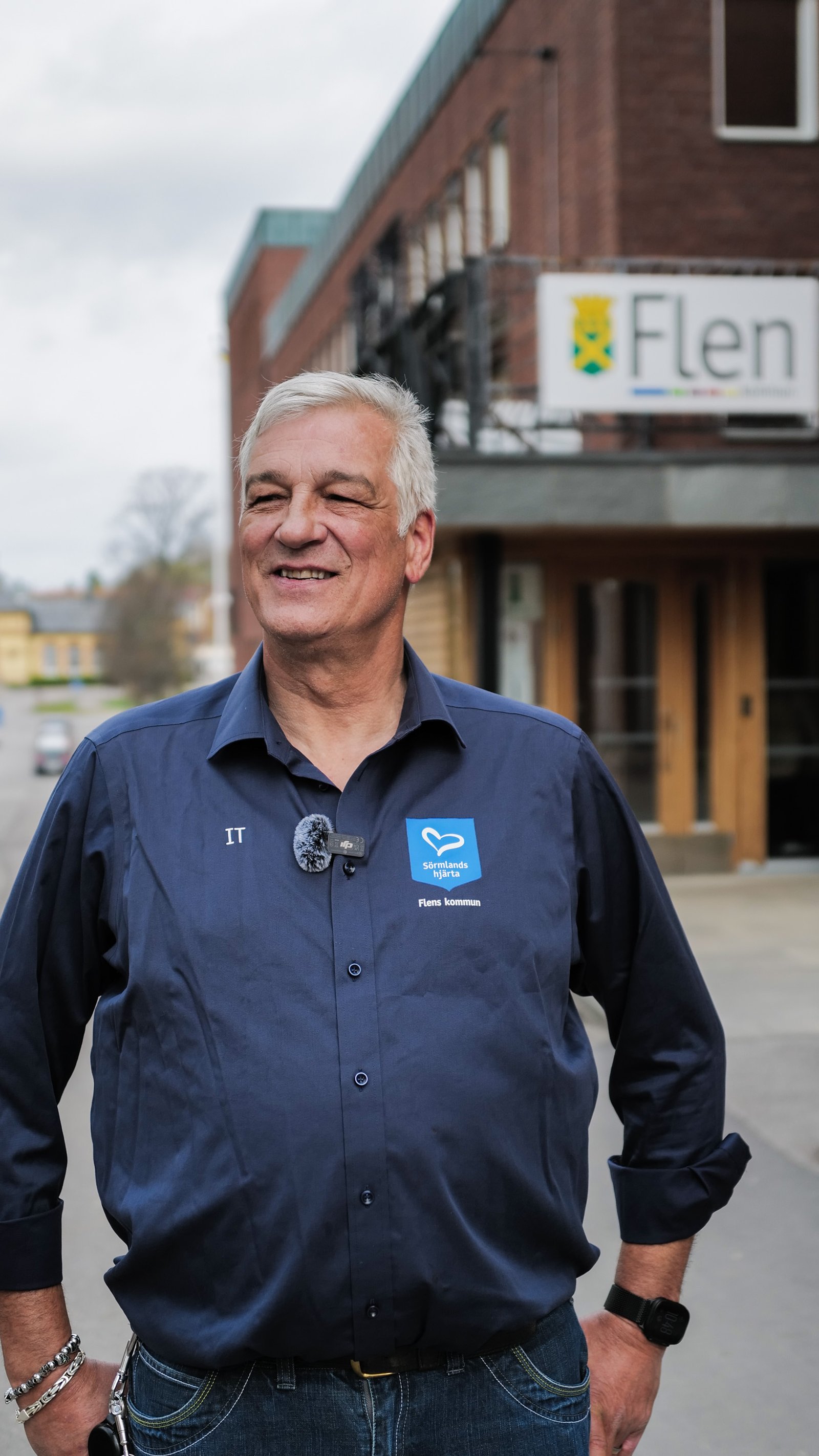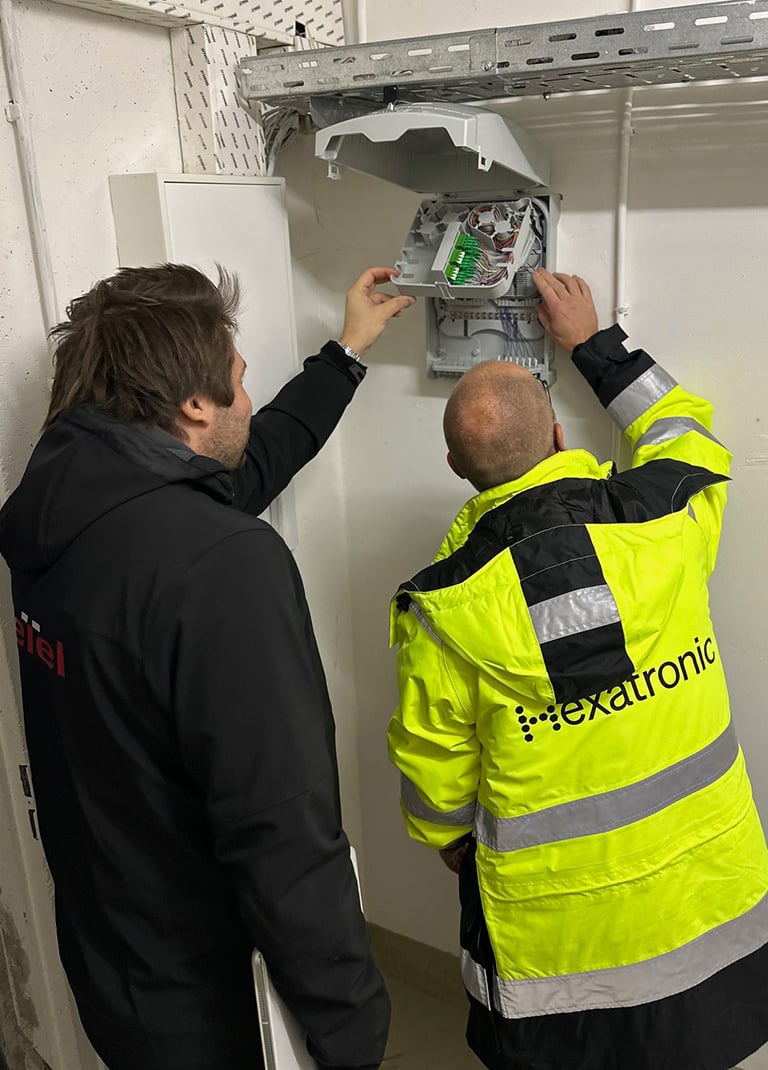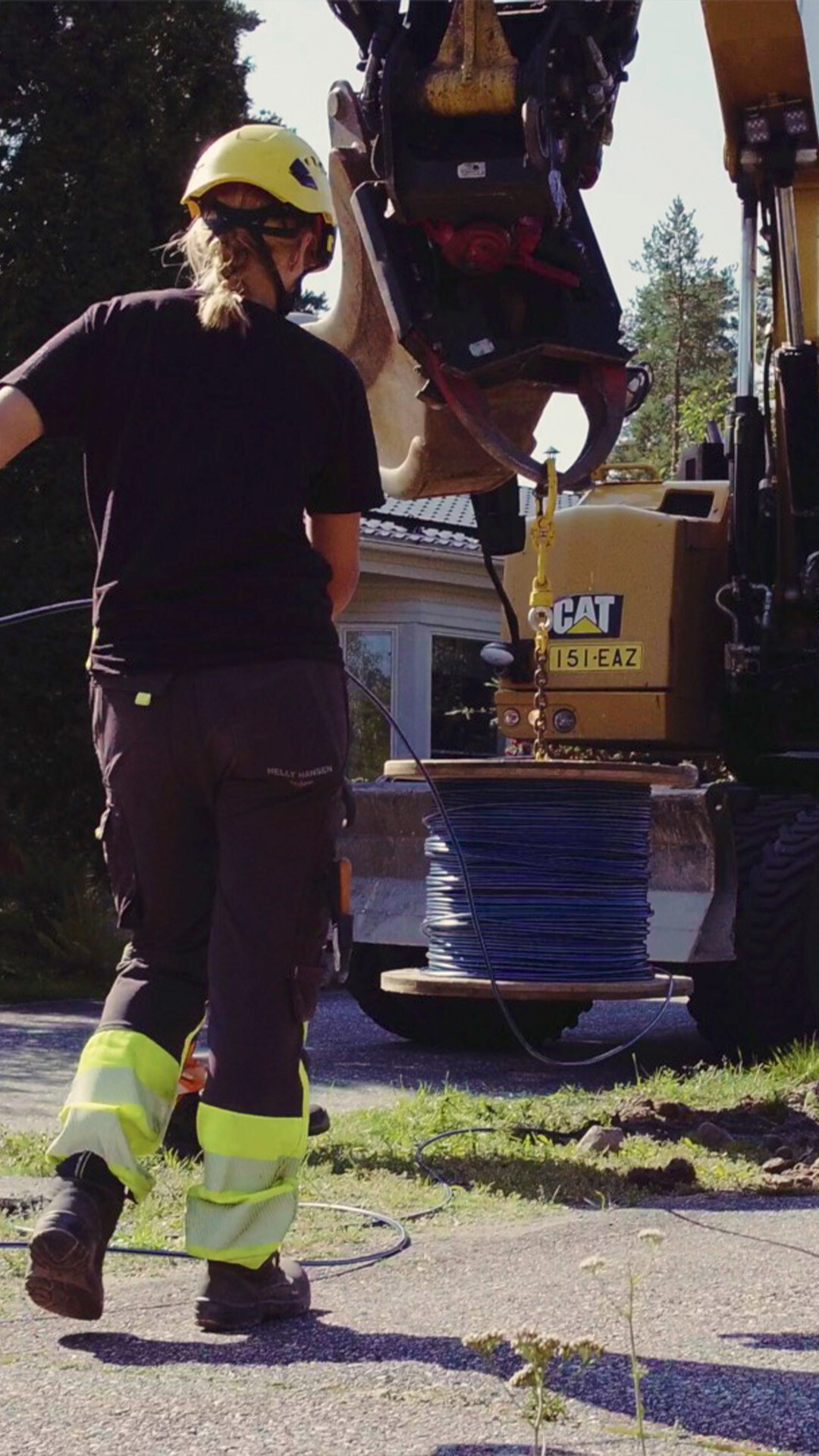Neutrinos are among the most common particles in the universe, yet we know very little about them. The research project IceCube would like to change that. Located at the South Pole, the IceCube Neutrino Observatory is a massive detector buried deep in the Antarctic ice. When Uppsala University was looking for a supplier of high-end cables for this extreme environment, Hexatronic was the only one who met the requirements. Now, a new generation of IceCube is on its way.
Neutrinos are invisible and nearly massless subatomic particles that travel close to the speed of light in straight lines from their source. They are excellent messengers of information about their origins, which include violent cosmic events like supernovas, active galactic nuclei, and black holes. The IceCube Neutrino Observatory aims to capture and study the invisible neutrino particles to unlock their secrets.
The observatory consists of thousands of sensors arranged in one cubic kilometer of ice, making it one of the world's largest and most sensitive neutrino detectors. When a neutrino interacts with the ice, it produces a tiny flash of blue light, which the sensors can pick up. This generates an electric current, which is transferred by cables to the surface where it is registered. Analyzing these interactions helps scientists understand the properties of neutrinos and the extreme environments they come from. Through its research, the IceCube project is helping to answer fundamental questions about the universe, shedding light on the processes that shape it and the forces that govern it.
It is a very unusual telescope, buried deep in the Antarctic glacier. Normally, telescopes look up, but IceCube is looking down, using Earth as a filter to detect neutrinos.
Cables are a crucial part of the detector, and their properties are highly important. "We need to have low crosstalk between the channels in the cable, very low attenuation, and good pulse timing. We need to achieve a few nanoseconds of timing over a cable that is up to three kilometers long," says Allan Hallgren, Senior professor of experimental physics at Uppsala University.
Karl-Ove Andersson, Product Manager at Hexatronic in Hudiksvall, explains: "There are extreme conditions at this site. The hot temperature is -20°C, and it could go down to -80°C. So, that is why we use unique materials to handle that kind of temperature. We are among the few who have the machinery, the knowledge, and the skills to make this extreme design happen."
Challenges
- Finding a cable to endure the extreme conditions in Antarctica.
- Specific requirements of the cable such as low crosstalk between the channels in the cable, very low attenuation, and good timing of the pulses.
Approach
- A close collaboration between Uppsala University and Hexatronic in the product development of the cables.
Result
- Successful implementation: IceCube is today the world's leading neutrino observatory.
- A new collaboration for the next generation of IceCube is ongoing.
The IceCube Neutrino Observatory is the first detector of its kind. IceCube is a tremendously successful project, achieving several breakthroughs and opening a new window to the universe. It is now being upgraded with new instrumentation, and Hexatronic has once again been chosen as a partner.






















